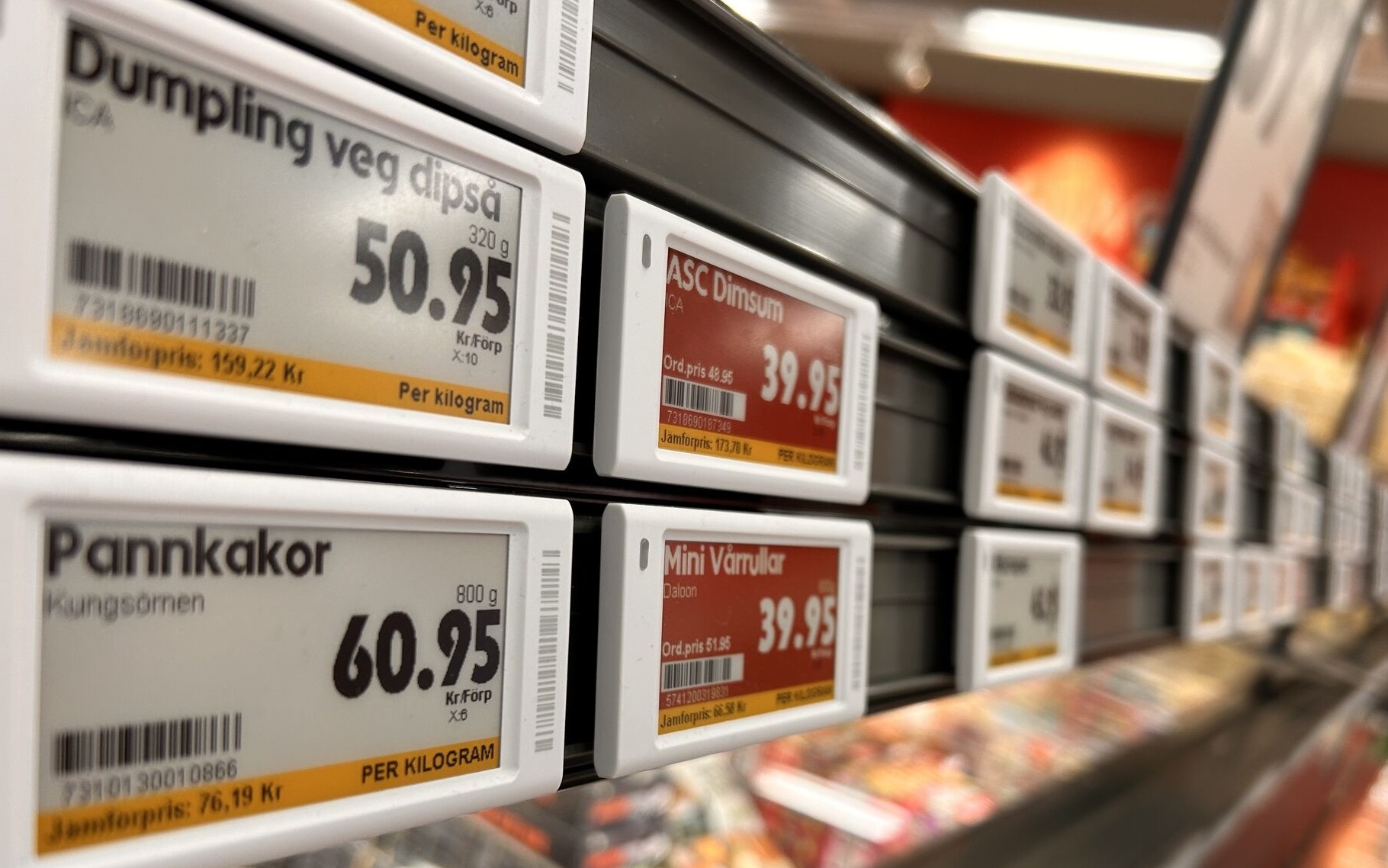In the competitive world of retail, cost savings are always a priority. One innovative solution that's gaining popularity for its potential to save money is the use of Electronic Shelf Labels (ESLs). These digital price tags offer numerous benefits that can lead to significant cost savings for retailers. Let's explore how ESLs contribute to a more efficient and cost-effective retail environment.
Reduction in Labor Costs
One of the primary cost-saving benefits of ESLs is the reduction in labor costs associated with manual price updates. Traditional paper labels require employees to spend hours updating prices, especially during sales events and promotions. With ESLs, prices can be updated centrally and instantaneously, freeing up employees to focus on more value-added tasks, such as customer service and inventory management. This increased efficiency translates to reduced labor costs and improved employee productivity.
Elimination of Printing Costs
ESLs eliminate the need for printing paper price tags, which can be a significant expense for retailers. The cost of paper, ink, and printing equipment, as well as the time spent on printing and replacing labels, can add up quickly. By switching to digital labels, retailers can save on these printing costs and reduce their overall operating expenses.
Inventory Management Efficiency
Effective inventory management is crucial for minimizing losses and maximizing profits. ESLs can be integrated with inventory management systems, providing real-time visibility into stock levels. This integration helps retailers avoid overstocking and understocking, reducing the costs associated with unsold inventory and stockouts. By ensuring that products are priced accurately and up-to-date, retailers can also optimize their inventory turnover and reduce the risk of markdowns and write-offs.
Dynamic Pricing and Revenue Optimization
ESLs enable retailers to implement dynamic pricing strategies, adjusting prices in real time based on demand, competition, and inventory levels. This flexibility allows retai
lers to maximize revenue by capturing additional sales during peak times and clearing out slow-moving stock with targeted promotions. The ability to respond quickly to market changes and optimize pricing strategies can lead to increased profitability and cost savings.
Energy Efficiency
Many ESL systems are designed to be energy-efficient, using e-ink technology that consumes minimal power. This energy efficiency extends the lifespan of the labels and reduces the overall energy consumption of the store. Lower energy usage translates to cost savings on electricity bills and contributes to a more sustainable operation.
Reduced Waste and Disposal Costs
By eliminating paper and plastic waste associated with traditional labels, ESLs help retailers save on waste disposal costs. Fewer trips to dispose of waste and less reliance on waste management services translate to both financial savings and a reduced environmental impact. Additionally, the longer lifespan of ESLs means that they do not need to be replaced as frequently as paper labels, further reducing waste and associated costs.
Conclusion
Electronic Shelf Labels offer a range of cost-saving benefits for retailers. From reducing labor and printing costs to improving inventory management and enabling dynamic pricing, ESLs contribute to a more efficient and cost-effective retail operation. The combination of these benefits not only enhances profitability but also supports a more sustainable and environmentally friendly business model. Embracing ESL technology is a strategic move that can lead to significant financial savings and operational improvements in the retail sector.
|
